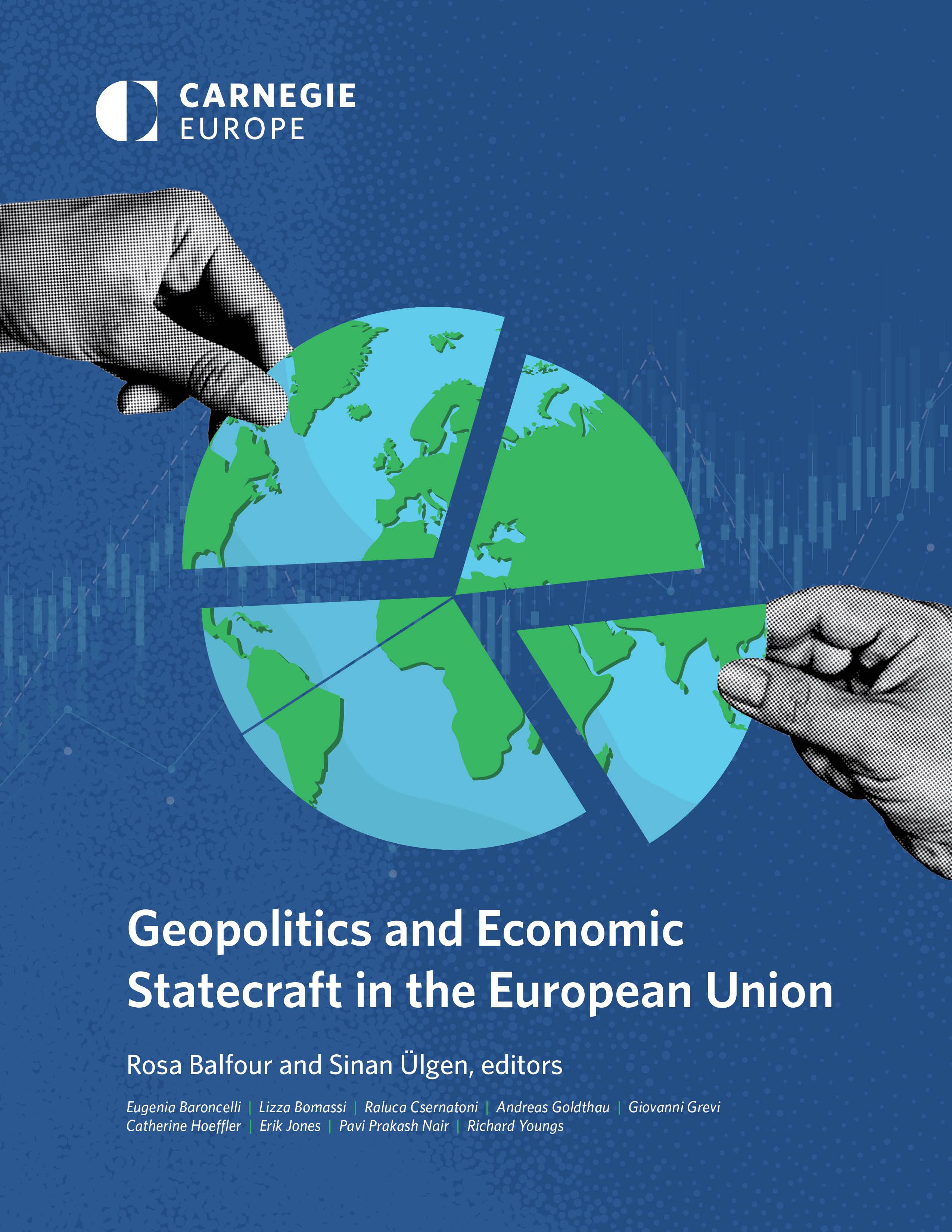The Role of Medical Specialization in Advancing the Sustainable Development Goals
Specialized medical knowledge is a critical asset in the global effort to achieve the 2030 Agenda for Sustainable Development. The targeted expertise within various medical fields provides the foundation for addressing complex health challenges and contributes directly and indirectly to multiple Sustainable Development Goals (SDGs). This report outlines the significant impact of medical specialties on key SDGs, particularly SDG 3 (Good Health and Well-being), and explores their interlinkages with other global goals.
Core Contributions to SDG 3: Good Health and Well-being
The primary impact of medical specialties is on SDG 3, which aims to ensure healthy lives and promote well-being for all at all ages. The advancement of specialized medicine is fundamental to achieving specific health targets.
Enhancing Healthcare Outcomes
- Cardiology and Endocrinology: Directly address Target 3.4 by developing treatments to reduce by one third premature mortality from non-communicable diseases through prevention and treatment.
- Infectious Disease and Immunology: Essential for combating the epidemics of AIDS, tuberculosis, malaria and neglected tropical diseases (Target 3.3) and strengthening capacity for early warning and management of global health risks.
- Obstetrics and Pediatrics: Crucial for reducing the global maternal mortality ratio (Target 3.1) and ending preventable deaths of newborns and children under 5 years of age (Target 3.2).
- Oncology and Pulmonology: Advance research and treatment to lower mortality rates from cancer and chronic respiratory diseases, contributing to overall well-being and the reduction of non-communicable diseases.
Strengthening Universal Health Coverage
Achieving Universal Health Coverage (UHC), a cornerstone of Target 3.8, is impossible without a well-distributed and accessible cadre of medical specialists. Their role is multifaceted:
- Specialists inform the development of essential national health service packages.
- They provide the high-level care required for complex conditions that must be included under UHC.
- Their research contributes to making advanced treatments and diagnostics more affordable and accessible, reducing financial risk for all.
Interlinkages with Other Sustainable Development Goals
The influence of medical specialties extends beyond SDG 3, creating a ripple effect that supports a wide range of development objectives.
Fostering Innovation and Education (SDG 9 & SDG 4)
The advancement of medical specialties is intrinsically linked to innovation in industry and infrastructure (SDG 9) and the provision of quality education (SDG 4).
- Research and Development: Specialists drive scientific research, leading to new technologies, pharmaceuticals, and treatment protocols, fostering innovation and building resilient infrastructure.
- Knowledge Dissemination: Digital platforms for medical research are vital infrastructure for sharing findings globally, enhancing scientific collaboration.
- Higher Education and Training: Medical schools and teaching hospitals provide the quality tertiary education necessary to train future specialists, directly supporting Target 4.3 on equal access to technical, vocational and tertiary education.
- Lifelong Learning: Continuous professional development within specialties ensures that healthcare professionals remain at the forefront of medical knowledge, embodying the principles of SDG 4.
Addressing Systemic Inequalities (SDG 10 & SDG 5)
The distribution and practice of medical specialties can either exacerbate or help reduce inequalities within and among countries (SDG 10) and promote gender equality (SDG 5).
- Geographic Disparities: A focus on the equitable deployment of specialists to rural and underserved areas is critical for reducing health access inequality.
- Gender Equality: Promoting the entry and leadership of women in all medical specialties, particularly those traditionally dominated by men, is a key component of achieving SDG 5.
- Affordable Care: Specialist-led innovation can lead to more cost-effective diagnostic tools and treatments, reducing the financial burden on vulnerable populations and addressing economic inequalities.
A Framework for Future Action: Aligning Specialties with the 2030 Agenda
To maximize the contribution of medical specialties to the SDGs, a coordinated global effort is required, guided by strategic priorities and robust partnerships.
Strategic Priorities for Sustainable Development
- Invest in targeted training programs that align with the specific health burdens of different regions, directly supporting SDG 3.
- Develop policies that incentivize the equitable distribution of specialists to combat the inequalities highlighted in SDG 10.
- Integrate SDG principles into medical education curricula to foster a generation of health professionals conscious of their role in sustainable development.
- Support digital health infrastructure (SDG 9) to enable telemedicine and remote consultations, expanding the reach of specialized care.
The Imperative of Global Partnerships (SDG 17)
No single institution or country can address these challenges alone. SDG 17, which calls for revitalizing the global partnership for sustainable development, is the enabling framework for progress.
- North-South and South-South collaborations for specialist training and knowledge exchange.
- Public-private partnerships to fund research and make specialized care more affordable.
- Multi-stakeholder collaborations involving academic institutions, governments, and civil society to create robust health systems capable of delivering specialized care for all.
1. Which SDGs are addressed or connected to the issues highlighted in the article?
- No SDGs could be identified as the provided text does not contain an article or discuss any relevant issues.
2. What specific targets under those SDGs can be identified based on the article’s content?
- No specific targets could be identified as the provided text does not contain an article or discuss any relevant issues.
3. Are there any indicators mentioned or implied in the article that can be used to measure progress towards the identified targets?
- No indicators could be identified as the provided text does not contain an article or discuss any relevant issues.
4. Table of SDGs, Targets, and Indicators
| SDGs | Targets | Indicators |
|---|---|---|
| No information found in the article. | No information found in the article. | No information found in the article. |
Source: cureus.com







